| The groundbreaking text English Language Spelling and Mechanics Simplified (at the right) by Otto Korecht and Anita Spelchyk, the inspiration for The Elements of Style, composed by William Strunk and revised and enlarged by E. B. White, was almost never written -- because the two lovers had quite a falling out early in their relationship due to a miscommunication with a message Korecht sent Spelchyk. Korecht met Spelchyk in 1853 at the North American Grammar Rodeo in Chug Water, Wyoming, and it was love at fight sight. At that time, Korecht told Spelchyk about a type of telegraph he was developing called the Self-Correcting Orthographic Letter Detector. His device, he told her, would automatically correct misspellings when individuals sent messages to each other. Below left: Anita Spelchyk with Otto Korecht's Self-Correcting Orthographic Letter Detector. Below right: Otto Korecht with his invention. |
When the Grammar Rodeo concluded, Korecht convinced Spelchyk to take one of his devices home with her to Coxsackie, NY, and then he would send messages to her from his home in Wapakoneta, OH.
Unfortunately, when Korecht typed out his first message of “good morning” to Ms. Spelchyk, the self-correcting telegraph changed the greeting to “Good Moaning.” Ms. Spelchyk was incensed by Korecht’s off-color remark when it come over the telegraph, so she did not reply.
After hours passed with no response from Spelchyk, Korecht reviewed the message he had sent only to discover what the machine had substituted for his intended communication. He was so flustered, he began to strike frantically at the keys to send Ms. Spelchyk the message, “OOPS!” Once again, though, the self-correcting mechanism misunderstood Korecht’s intent, and the device changed his message to “BOOBS! Korecht dispatched the message before he realized that the machine had once again altered his text, and Spelchyk received the offensive remark.
Korecht was so flustered when he discovered what had happened, he threw out the prototype of his Self-Correcting Orthographic Letter Detector, and he jumped on the next available stage coach to Coxsackie. When he arrived three weeks later, he was able to explain what had happened, and he apologized to Ms. Spelchyk.
Fortunately, Korecht never saw Spelchyk’s return message, “Forget You,” which she typed back to him in a blind rage. Interestingly enough, as she slapped at the keys, the telegraph changed her message to….
Well, it doesn’t really matter what the modified message was, because Korecht and Spelchyk patched things up, married just months later, and together they went on to publish their seminal work, English Language Spelling and Mechanics Simplified.
Below left: Otto Korecht and Anita Spelchyk shortly after their wedding in 1854. Below right: Kroecht and Spelchyk in 1884.
| By Emmett Lee Dickinson: "Morns like these” – I texted – “Moans like these” – she saw – Blushing at first – then flustered There came no response. Never did she grasp it – That was not from me – She – was mute from worry – I – was panicky – Till – the error dawning What the spell check drew – Quick! A re-worked comment! And my update flew! | By Emily Dickinson: Morns like these – we parted – Noons like these – she rose – Fluttering first – then firmer To her fair repose. Never did she lisp it – It was not for me – She – was mute from transport – I – from agony – Till - the evening nearing One the curtains drew – Quick! A sharper rustling! And this linnet flew! |
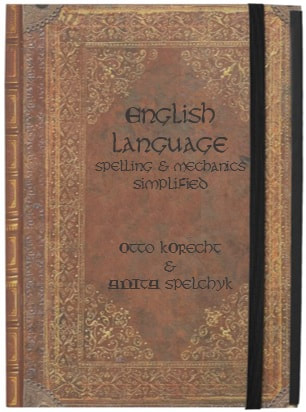
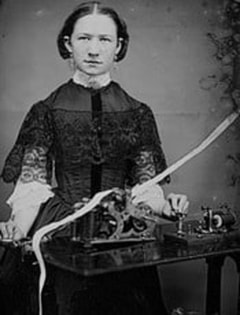
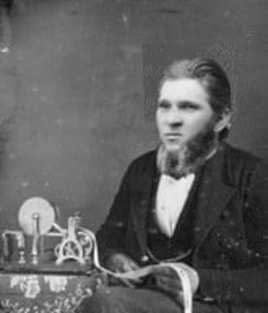
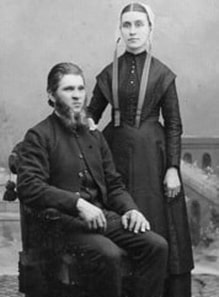
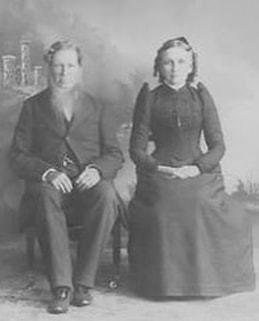

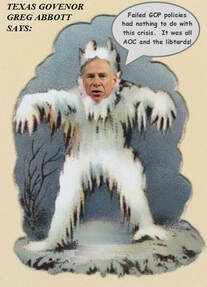




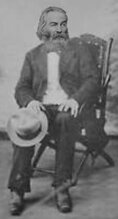
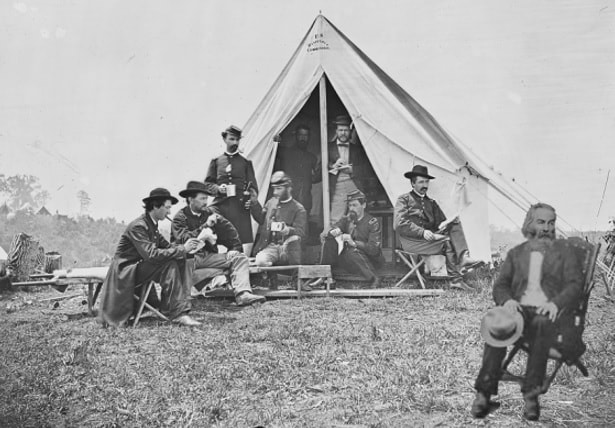
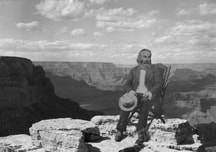
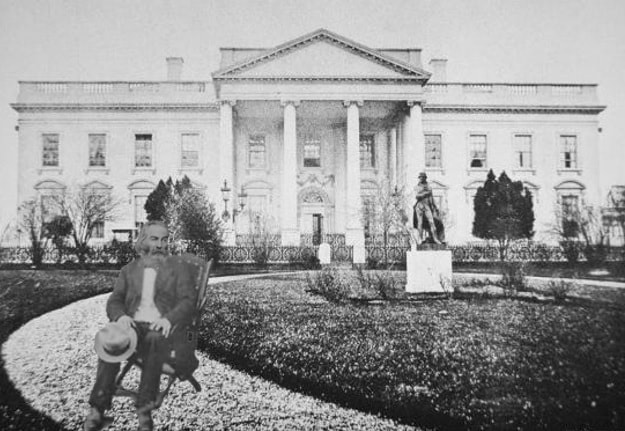


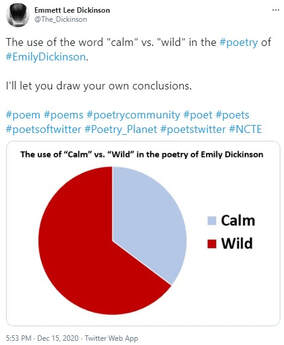
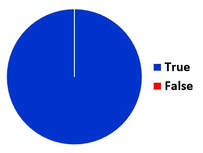
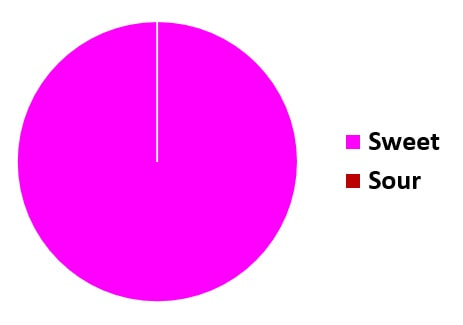
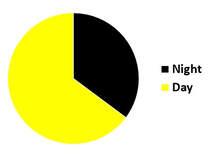
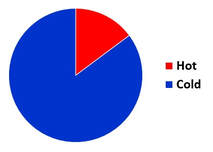
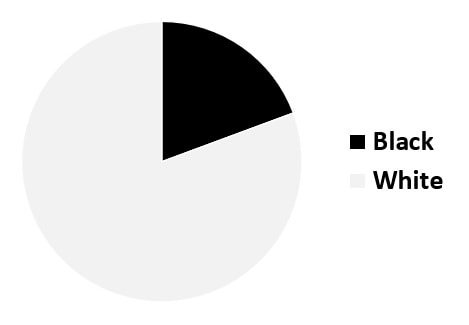

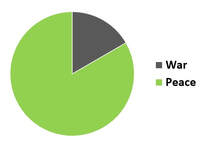
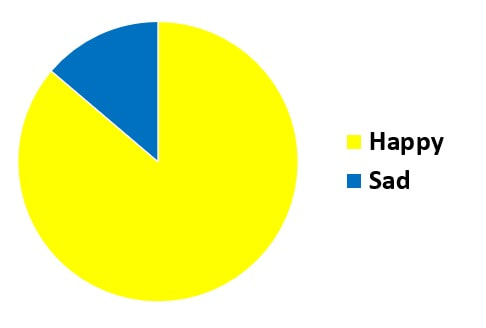
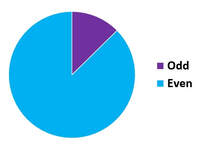



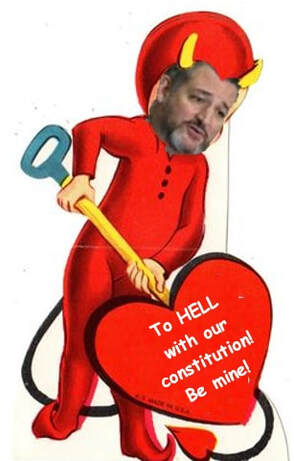
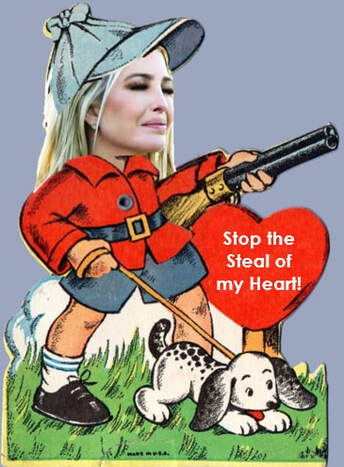


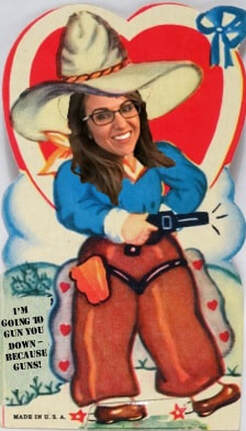


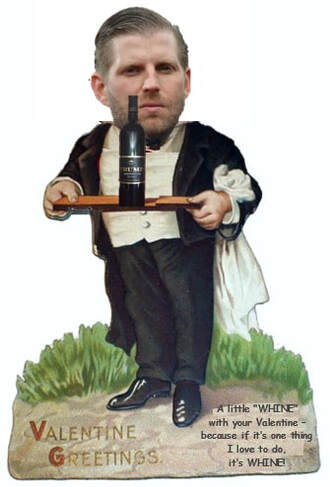

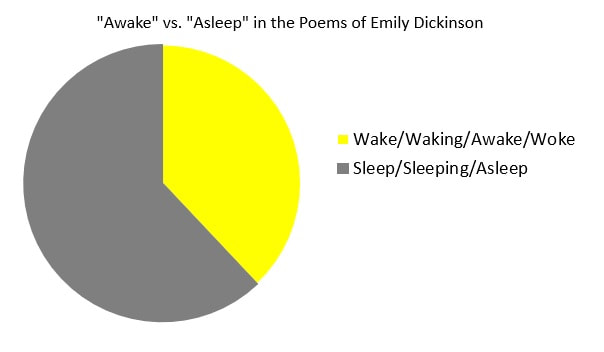
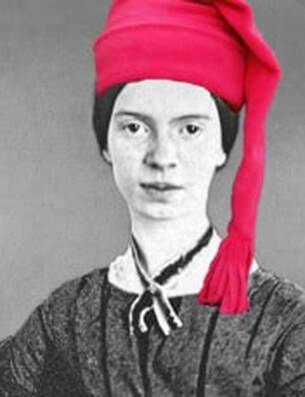




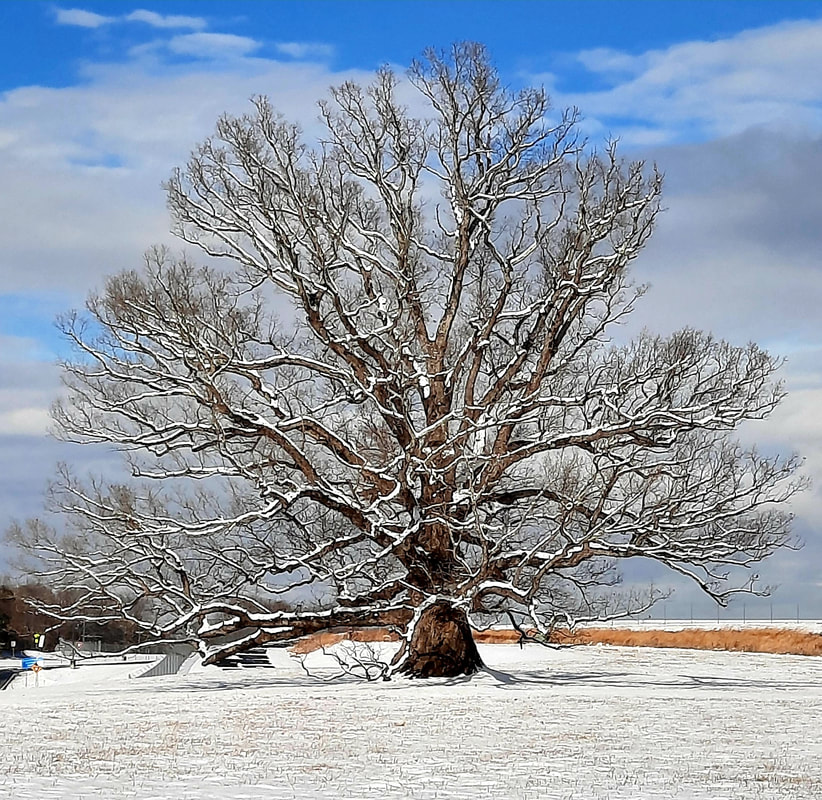
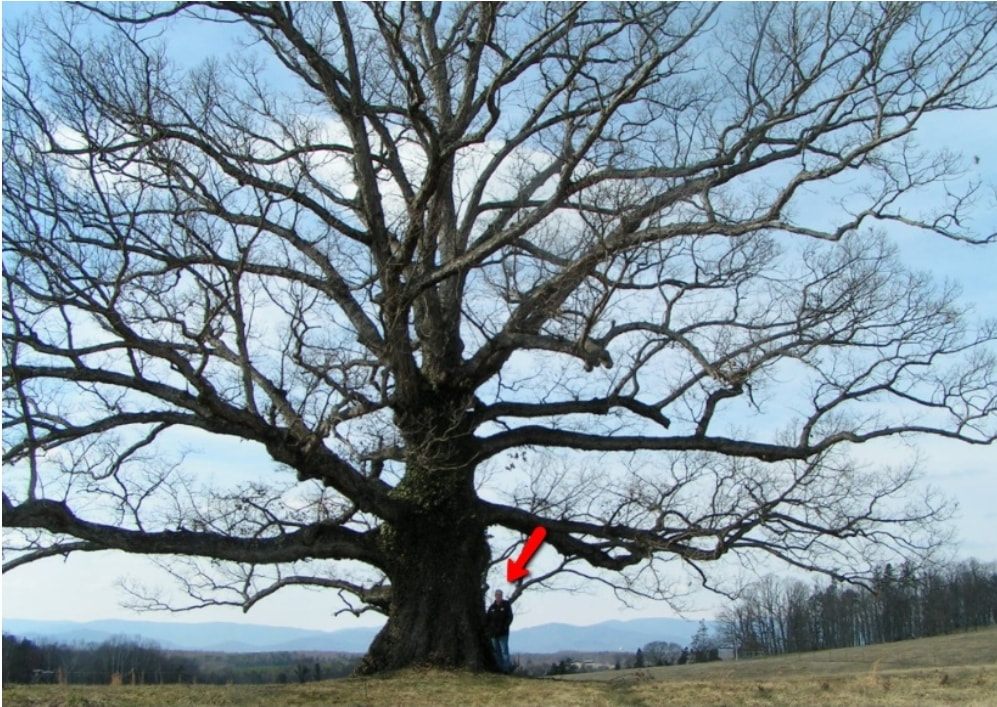
 RSS Feed
RSS Feed
